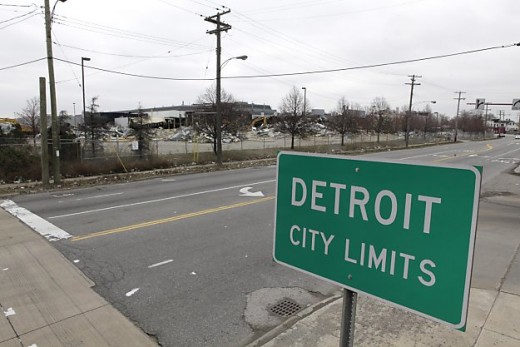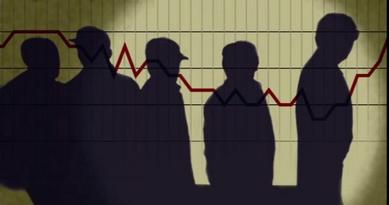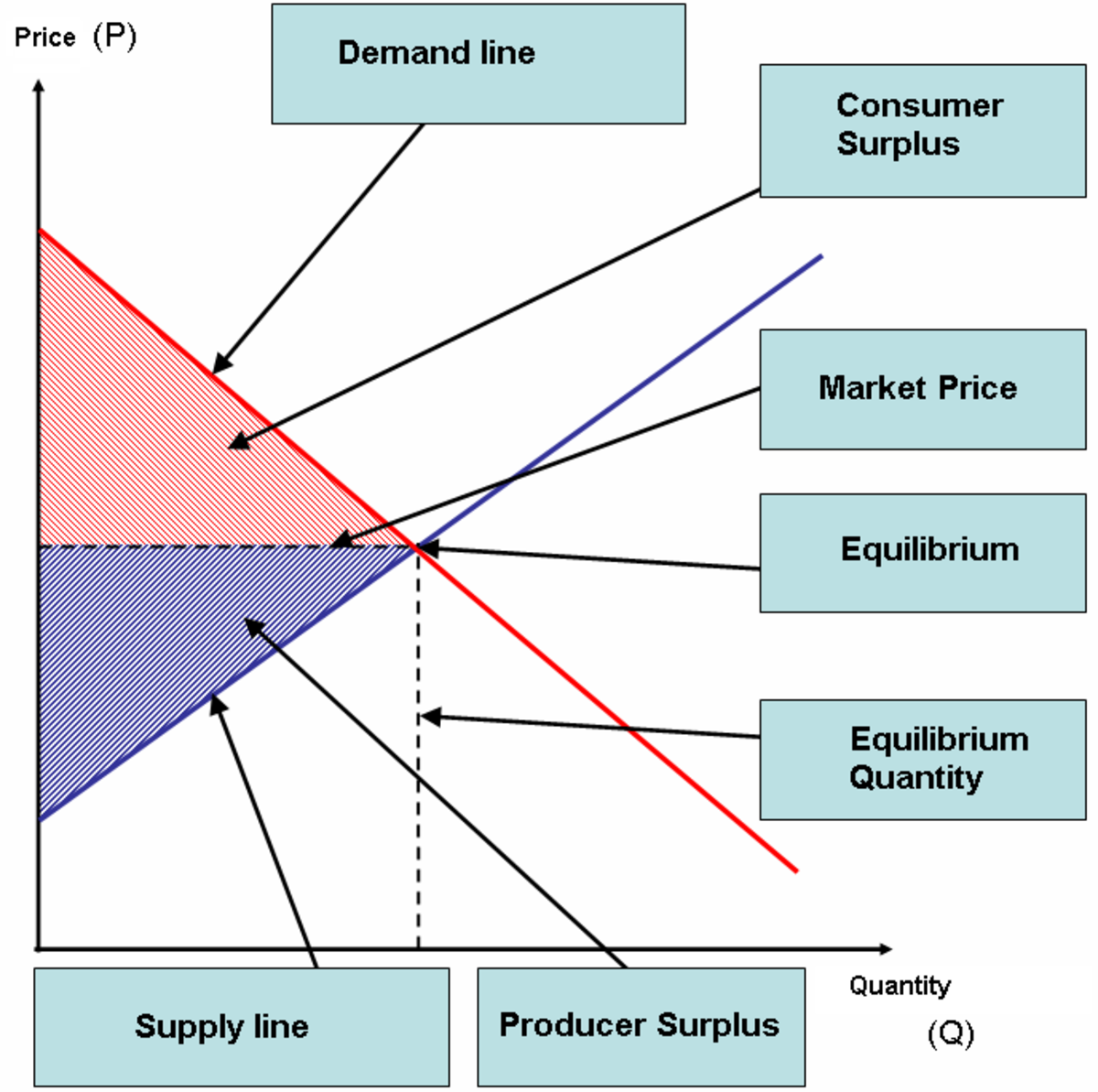Business Cycle Great Recessions: What To Do About 'Em?

What’s a recession? According to the textbook, Business In A Changing World, written by authors William Cunningham, Ramon Aldag and Mary Stone, recessions, “are two or more consecutive quarters of decline in gross domestic product (after subtracting the price increase effects of inflation).” This particular scenario is preceded by an increase in gross domestic product; therefore, whenever a business cycle reach its peak, the maximum level at which it can reach, an implicit inflection point, then, triggers an deleterious end to an economic “false boom.”
Business cycle recessions are characterized by a kind of economic engine reaching a low point. A recession is an advanced economic engine at its nadir. It’s very rare to get these same kind of low points in less developed economies. In theory, if a less developed economy is already at a low point, it could be conjectured that such ecomonies are immune from such an event. If a guy has the flu bug, then its safe to say he’s immune from getting it again. Business cycle recessions are the same way: recessions are the low-points of advanced economic engines that have just experienced a prior false expansion. What caused the “false expansion?” Who knows? But the resulting recession suppresses aggregate demand to the point of causing an economy to fall to its lowest point.
Is the U.S. economic engine currently at its lowest point? Well, if history serves right, we’ve seen these types of low points before—namely, prior to the expansion of the 90s decade, The Gulf Crisis caused a short-lived low point. On the other hand, by the end of 1998, the U.S. economy had completed 94 months of uninterrupted expansion and looked set to break the all-time record of 106 months recorded during the 1960s. Real GDP had grown by 23 percent during this period (Parkin).
The high point that proliferated during dot.com decade of the 90s was a “false expansion:” both fiscal and monetary policy had a hand in creating one of the U.S. economic engine’s highest expansionary periods. Author Michael Parkins goes on to say the following:
The expansion of the 1990s was to some degree made possible by the fiscal policy and monetary policy that accompanied it. The expansion was not caused by these policies, but they encouraged sustained real GDP growth. Fiscal policy was restrained throughout the expansion. Government purchases of goods and services remained almost constant. Tax revenues increased early in the expansion because of a 1993 tax bill that increased some tax rates. Monetary policy encouraged the expansion. The Fed kept the quantity of money (M2) growing at a low but steady rate that lowered inflation and interest rates throughout the expansion.

Why was this recession different than all the rest? Well, it could be different because of the theory of economies of scale, which says that, “large-scale firms produce their goods and services more cheaply than do small-scale ones.”(Cunningham) The principle of economies of scale allowed the Detroit auto industry to burgeon beyond economic belief. The Detroit auto industry—because of economics of scale—designed, developed and manufactured motor vehicles at a fraction of what it would have cost a smaller firm; and in the process became one of the most important economic sectors in the U.S. economic engine.
Never in a million years would anyone have predicted that Detroit’s auto industry would have seen hard times. Economies of scale is a practical concept that’s important for explaining real world phenomena such as patterns of international trade, the number of firms in a market and why some companies (GM, Ford & Chrysler) grow into behemoth like industries? But it may also be capable of explaining why our recent recession has been worst than others? The economic conundrum that exists today isn’t the result of one or two things gone bad here—we’ve had prior recessions that didn’t produce the same amount of negative utility.
The Great Recession was a direct result of an “economic domino effect” that came tumbling down at a force analogous to a meteorite impact on planet earth. And the low point crater that was created from this impact is proving to be very hard to climb out of. In a kamikaze economic world, the reverse economic paradigm creates what’ called “diseconomies of scale.” If economies of scale caused the Big three (GM, Ford & Chrylser) to be arrogant, then “diseconomies of scale” caused them to be humble.
General Motors, along with both Ford and Chrysler, were economic powerhouses that became corporate sacrosanct: Too Big Too Fall (TBTF) is no misnomer, the arrogance of some these corporate enterprises created mass vulnerabilities for themselves. The Great Recession proved that all sectors of the economy were vulnerable to business cycle recessions. Because of economies of scale, the Detroit auto industry became a sub-economic engine within the advance engine itself thus epitomized the up and down cyclical nature that are the direct result of business cycle recessions.
As a pocket-sized epicenter of the effects of “diseconomies of scale,” the collapse of the Detroit auto industry was a signal that our economic engine was in deep trouble. The only resolve we have in all this mess is to let time unravel the mass hysteria. A recession is all about time. Ideally you want a recession in the business cycle to hit hard and quick—i.e, a one punch K.O.—as opposed to a very long and drawn out brutal battle: our recent Great Recession is proving to be an Arturo Gatti versus Micky Ward, 12 round “blow for blow” battle.








